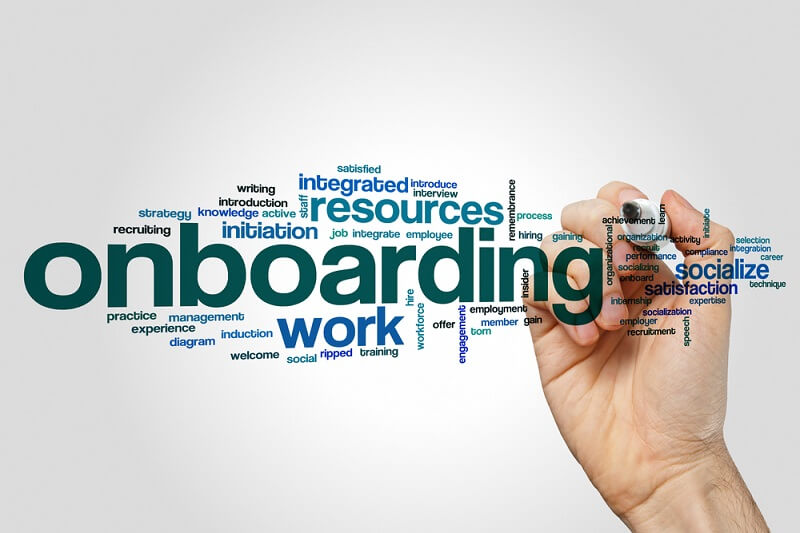A successful employee onboarding process is essential to providing all the key tools needed for a positive start to a new role. It sets the tone for how a team works together, communicates and it reduces new hire turnover. An employee onboarding process includes every action taken to integrate a new hire into a role, team, and company. It starts from the time they accept your offer of a position and continues until they’re ready and able to take on all their responsibilities as laid down in your formal job description.
Read on to learn more about onboarding processes, the tools you should be using, and how to create a better onboarding experience for everyone.
Why is employee onboarding important?
According to g2.com, 30% of employees leave a job within their first 90 days. And with it costing an average of over 50% of an employee’s annual salary to replace them, it’s clear that first impressions are crucial – as much for new hires as for hiring companies.
This means proper onboarding has a real impact on business performance.Ultimately, if you get your onboarding process right, it will save your business time and money in the long run.
The 5 C’s of Employee Onboarding
The 5 C’s of employee onboarding help you to focus on some of the most important objectives for onboarding new hires. These may vary across industries.
- Compliance: Relate to understanding company policy, procedures, and processes.
- Clarification: Establish expectations of the new hire’s role and performance.
- Culture: Communicating company and department missions.
- Connection: Building positive relationships within the organization.
- Check back: The ongoing review of the onboarding process.
What are the best practices for employee onboarding?
Automate
Use digital tools to trigger and set up key events. This allows new hires to efficiently complete tasks and participate in activities online, while minimizing the need for your manual intervention. With less time spent on those manual tasks, you can give more time to new hires in the form of personalized support.
Set up accounts and organize access pre-boarding
Prior to a new hire’s arrival, have the new employee’s accounts ready and waiting. Ensure to set up their email, provide them with access to shared folders and files, and add them to any relevant channels of communication.
Share the first-day schedule in advance
Reassure your newcomers by providing them a clear view of what to expect from their first day. Before they begin, share their schedule to assure they prepare mentally, and start with confidence.
Prepare and involve the team in welcoming new hires
Encourage the team in welcoming new colleagues aboard by sharing the background of the new arrival, their position, starting date and who they will be working with. Welcome messages and calls from teammates are important to foster a positive atmosphere among workers and promote positive communication.
Assign a buddy
At Livestorm, something our onboarding reviews highlighted was the value of pairing starters with an experienced team member who could show them where to go and who to speak to, giving them a helping hand throughout their onboarding.
Organize a team social
Virtual team huddles are important to give new hires a taste of the company’s camaraderie. Suitable for in-house and remote teams, this is something you can set up as part of your automated onboarding to-do list. Through a video engagement platform you can suggest icebreaker activities allowing everyone to share backgrounds and start developing a rapport with one another.
Offer recognition for progress
Create milestones throughout the onboarding process so your new hire receives some recognition for their continued hard work.
Conduct regular check-ins and boarding-process feedback
Regular 30-minute check-in’s allow you the opportunity to assess how well newcomers settled in, see if they have any unaddressed needs, and set goals for the weeks or months ahead.
Never forget the human aspect!
The time saved with streamlined organization and automation allows you to focus more on the human aspect of onboarding. Newcomers need company and department missions, access to files, and orientation, but they also need to feel the company culture, meet the people, and grow into their new role with confidence.
Better onboarding means better performance
Fantastic employee onboarding minimizes new hire turnover, contributes to a positive working environment, and facilitates good communication across departments.
By using digital tools and a video engagement platform for regular face-to-face meetings, you can make an important contribution to developing positive lasting relationships and an ideal working environment for new employees.
Gilles Bertaux is the cofounder and CEO, Livestorm.
Onboarding stock photo by ibreakstock/Shutterstock

